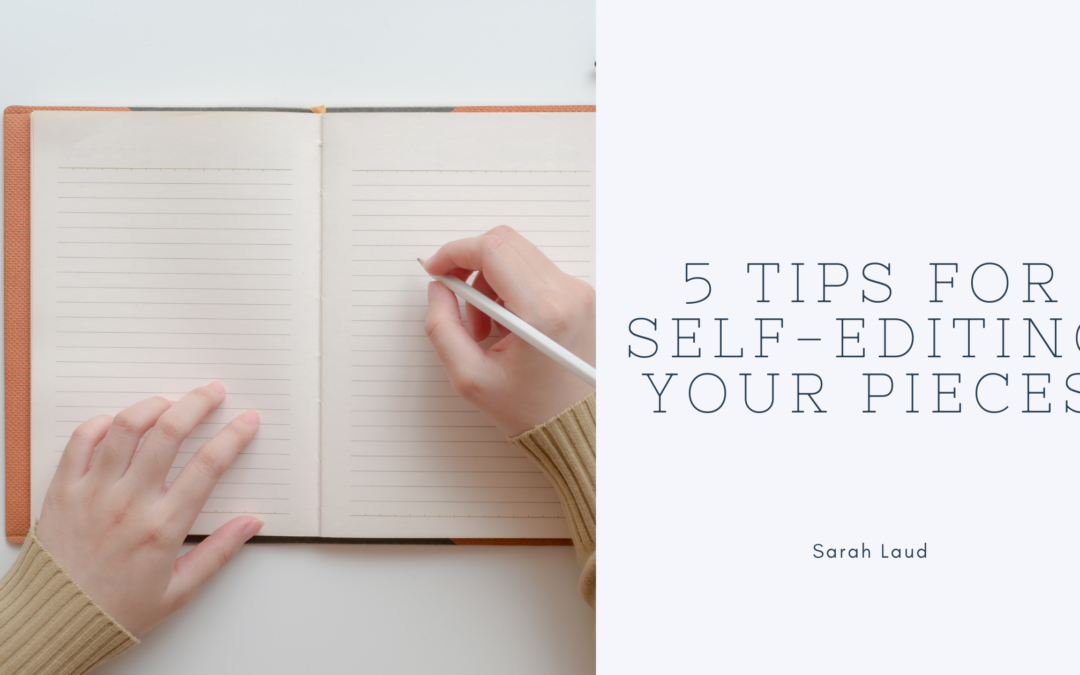Professional editors can be expensive. And sometimes unnecessary. Even if you don’t consider yourself a wordsmith, it’s possible to self-edit. You have to know how to do that:
Put It Aside
Time permitting, before you finalize your writing, put it aside for a day or two. Reading over and over is tedious, and besides, you know what it’s supposed to say already, so you may be reading it that way instead of how it is written. Come back to it with fresh eyes.
Use Paper
There’s a reason that e-reading never reached great success. Reading on paper is just easier on your eyes. You’d be surprised at how many errors jump out at you when you read this way, mistakes that you probably overlooked countless times while reading on the screen.
Read It Aloud
This is a surefire, foolproof way to see if your words make sense. You’ll find those missing words or identify sentences that flow incorrectly if you are forced to say it.
Do Not Rely on Automatic Grammar Checks
Yes, you need to do a grammar check on your piece before it’s completed to pick up misspelled words or egregious errors. But it is not going to pick up everything, especially if a word is spelled correctly. Grammar check has no idea that what you meant to say was “from the bottom” instead of “from the bottom,” It doesn’t care if you forget the closing quotation mark on dialogue. Only a human can pick these up.
Follow Your Guide
Depending on its use, you may be required to use a certain style guide for your piece, which dictates spelling and hyphenation rules, using numerals versus spelling numbers out, the proper way to cite, and much more. Even if you do not need to use one, following some of their rules can help you remain consistent in your writing. Don’t buy a doughnut on page 16 and then eat a donut on page sixteen.

